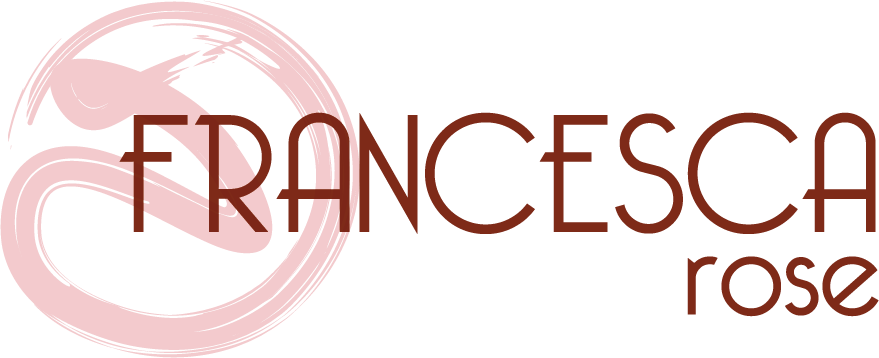Eating Disorder Recovery Is A Process Of Relaxing
Healing requires relaxation.
The state of healing is governed by the parasympathetic nervous system which is the same part of our autonomic nervous system that allows us to rest and digest, tend and befriend.
This is the part of our nervous system that repairs, regenerates, and restores into balance and good flow.
This means that if we desire change, growth, healing and transformation, we need the time and space to soften, relax open, and release tension - whether that’s physical tension, an emotion that’s being held back, an overworked thought, or a looping memory.
If someone is navigating an eating disorder, this usually indicates that the body feels unsafe, and is in a state of tension and dysregulation.
An eating disorder is the body communicating to us that its been recruited to protect rather than connect.
When someone is in protection mode rather than connection mode, the sympathetic nervous system is on high activation. This means that the body is armored up, ready to fight or run away at any moment, on the lookout for potential threat.
Being in this state constantly requires a lot of energy and as such, people navigating food or body challenges, who are already in a dysregulated state, experience higher amounts of anxiety. This can cause the sympathetic nervous to loop and build up tension and stress.
As such, to get out of this loop, recovery from an eating disorder or disordered eating requires less sympathetic energy and more parasympathetic ease.
Even adding in a few small moments in one’s day where there is intention practice of exhaling, grounding, orienting to the outside world, and bringing in that energy of rest-digest can be incredibly supportive in slowly rewiring the nervous system to a more regulated state.
Eating disorder recovery is learning how to slowly take the foot off the gas and gradually down gear to a gentle pause.
When we gradually down-gear into parasympathetic, and slow down and eventually come to a pause, we have the space to listen and hear the body’s cues.
All of the cues and signals that we receive from our bodies are messages to support our well-being and guide us back to center.
Our ability to perceive what is going on inside, which is called interoception, is our body's way of keeping us alive. Biological impulses like thirst, hunger, or needing the bathroom are cues from the body telling us it is time to refuel and nourish or release and empty to keep our internal systems working in harmony and in flow.
Even the more uncomfortable feeling, like anxiety (which are a cluster of different sensations), act as messengers, letting us know we are urgently keeping up with someone else's expectations, and as such are signs to help us pause and recenter back onto our own path at own rhythm.
The more we can tune into these signals - and ultimately trust them as signals that are in service to us - the clearer our inner world feels, and ultimately the clearer we become in the choices we make in our lives.
This sense of coherency and alignment is what it feels like to be at home in our own skins. This is Embodiment.
We feel fed by a sense of belonging in our own vessels. We feel empowered by inhabiting the unshakeable ground within. We feel nourished by our own embodiment.
We safe to be at home within.
Safety is the domain of the parasympathetic nervous system. No longer needing to protect, the armour can be put down and connection, from a grounded, confident place, can emerge.
Reflect on the conditions that best support you to enter this more rest-digest state?
What are you doing?
Where are you?
Who are you with?
How can you add these nourishing elements into your life to support a gentler set and setting?
We can’t approach recovery with the same energy as the eating disorder.
No amount of restriction, denial, self-berating, forcing, or urgently pushing for recovery to happen will work (that’s the mentality of diet culture, right?).
There’s also no specific destination to get to either in recovery either.
Eating disorder recovery is a process of allowing more softness and relaxation into the body.
It’s not something to achieve.
It’s an open, relaxed state that doesn’t have an outcome.
It’s an ongoing process.
It is a process of shifting our embodiment and way of being and showing up in the world.
It’s a journey of no longer marching to the fast-paced, patriarchal drumbeat of diet culture and reclaiming the rhythm and dance that feels good from the inside out.
Recovery is a practice of learning how to be comfortable and soft in the unknown unfolding of our own becoming.
This state naturally shifts our way of eating, relating to our body, and ability to receive nourishment of love and connection.
This is organic and emergent recovery that reveals more of ourselves to ourselves step by step, supported by the warm embrace of our own presence.

